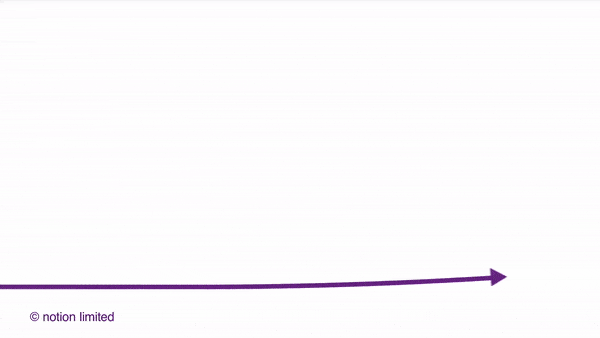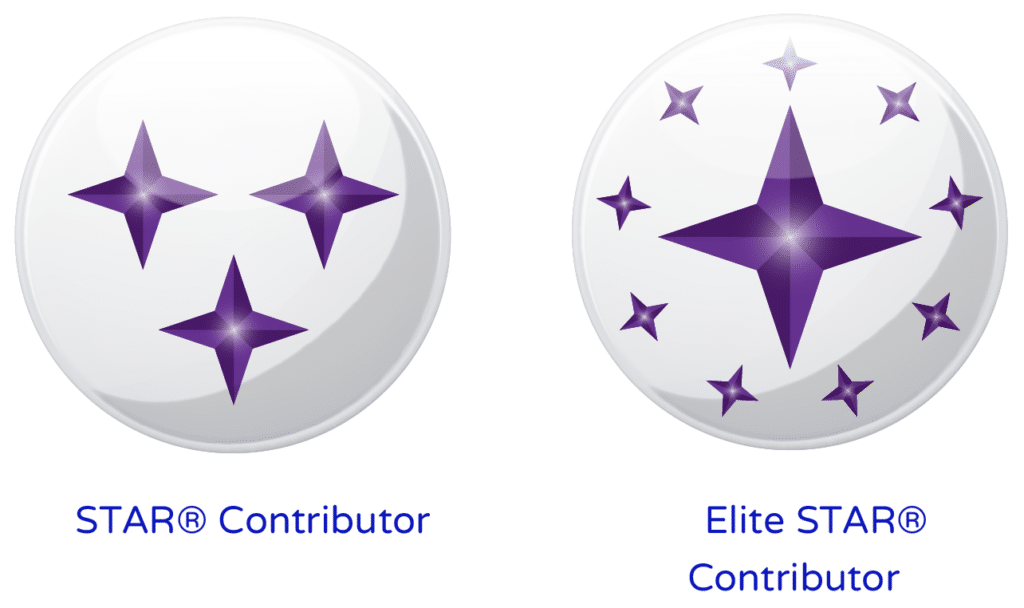
After you’ve completed a module of the STAR® Manager programme, are you sometimes a little unsure about what and how to record the successes that you’ve experienced?
Do you sometimes find it difficult to pinpoint exactly what your success was?
Or have you found it difficult to explain your successes in a meaningful way?
Whilst you can skip through the programme without paying too much time and attention to your successes you’ll lose out on some of the key benefits you get when you spend time reflecting on your successes.
Did you know? This reflective process can improve your performance and motivation.
And critically, if you’re working towards one of our OFQUAL Level 3, 4 or 5 qualifications you’ll really need to get good at capturing your successes because a flimsy success without any real reflection just won’t cut it. The quality of your Success Tracker counts towards your final qualification.
But, don’t worry, we’ve got you covered. Simply follow this foolproof 4-step process to record your successes in your success tracker.
STEP 1: DESCRIBE THE SITUATION
Start your success by describing in a few short sentences the specific situation you were in, who you were with and why. This sets the context for your success.
Ask yourself: Where were you? Who were you talking to? What were you doing? What were they doing? What would you normally do? How would they normally react? … and record your answers in the tracker.
STEP 2: EXPLAIN THE ACTION YOU TOOK
Then describe the action you took. What would you normally have done and what specifically did you do differently this time to get a different response?
Ask yourself: What aspect of my learning did I apply? What did I do differently? What did they do differently? What worked well? What did I notice?
If you used a specific stop trigger or asked a specific question then record these too.
STEP 3: CATEGORISE THE RESULT
The final part of your success should outline the outcomes from the first two steps. This is about the difference you made, the “so what?”.
Ask yourself: What was different at the end? What were the consequences? What impact did that have on you/other people/your team/the organisation?
Note, the impact can be described in both soft terms, e.g. more ideas and innovation, and/or in hard commercial terms, e.g. their new idea led to us securing new business at a value of £50,000.
STEP 4: CATEGORISE YOUR SUCCESS
Once you’ve recorded your success in the tracker, allocate it to a category. There are five options to choose from in the drop-down menu:
- Technical/process
- Revenue generation
- Cost saving
- Engagement/productivity
- Operations/service
…and if there was a commercial value then also record that in the space provided.
Here’s an example of a ‘successful’ success. For transparency, we’ve split it out to show the Situation, the Action, and the Result. In your tracker, this can of course just be written as a continuous success.
SITUATION
I had a difficult meeting with IT. There was conflict within the room, a lot of finger-pointing and blame shifting happening and not much in the way of resolution and/or next steps.
ACTION
I stopped and really thought about the right question to ask to help progress the conversation. I asked ‘What would be the most helpful thing for you to take away from this discussion?’ followed by ‘What one thing could you do that would get you close to that goal?’, it really focused the conversation…it broke down the tension and helped everyone focus on a shared outcome.
RESULT
We ended the meeting with a clear outcome that all parties bought into, identified what the IT team needed from us and had very specific next steps to take away.
This helped us to streamline our processes, build engagement, improve accountability and also had a benefit of identifying improvements that would save time, which has led to an immediate cost saving of £15,000.
CATEGORY
In this example the drop down category could be selected as ‘technical/process’ or ‘cost saving’ as the success helped streamline and improve processes as well as generating a cost saving. In a case like this then just select the category that you believe represents the greatest benefit from your success.
COMMERCIALS
And the commercial figure would be filled in as £15,000.
How many successes should I record?
We ask that you record a minimum of three successes during your programme and this is the minimal number you’ll need to show as evidence to attain one of the qualifications.
There is room though to record up to ten successes and we encourage you and challenge you to fill your success tracker. In the event that you can record more than ten successes then we invite you to update your successes so that your Success Tracker represents your best ten successes by the end of your programme.
Don’t forget to collect your badges
There are two badges to collect as part of your Success Tracker.
When you complete your first Success you’ll get the STAR® Contributor badge, and on completing all ten successes you’ll get awarded the Elite STAR® Contributor badge.


Don’t forget to use the drop-down box to select the currency of your location

Read and answer Question 1.
This is where you use the 3-Step process to record your success. See the example… notice the situation – actions – results

Make sure you select the category that best describes your success. In this example, the success is categorised as a cost-saving. If you’re unsure about which category to put your success in, as part of your reflection, ask yourself what impact did the success have or could have on engagement/productivity, cost savings, revenue generation, operations/service, technical/processes?
Remember even small changes can make a big difference.

In the final section, input the commercial value of your success. How valuable is the success to you or the organisation? This may be a direct or indirect value. For example, as a result of your actions have improved relationships increased retention of one or more team members, if so what recruitment and training costs have you saved? Is your team working more collaboratively and more productively – what is the value of that increase in productivity? Is your team contributing ideas that are changing the direction of a project or speeding it up – how does that impact the bottom line? Try not to opt out of this section and remember you can always revisit your answer to question 1 and explain the causal link between your actions and the commercial value. This will help embed your learning.
TOP TIP: Push yourself to take your success to the next level by really focusing on the “so what?”
Try using this 4-Step process when you’re writing your next success and see the difference for yourself.
For a truly successful success, don’t miss any of the steps and push yourself to take your success to the next level by really focusing on the “so what?”; this will really embed the importance of what you’ve learned and help build your motivation for developing your skills even further for even better successes in the future.
In the meantime, don’t forget that you can check out other learners real-life successes from the programme in our STARmanager.global ‘Success Of The Week’ feature.
We look forward to reading about all of your amazing successes as you progress through your programme.


